Everwide newsletter No.27
- 1990440594
- Nov 3, 2008
- 3 min read

Interactive platform § Participating process in 2008 Suzhou Electronic Information Expo
Everwide Chemical participated in the Suzhou Electric Expo from October 23 to October 26. This time, four booths and four people participated in the exhibition. This exhibition mainly requires the IT industry, and the hall is planned to be six major themes. The company is located in the center of the material/process equipment hall to which it belongs. The booth design and the exhibition content complement each other and successfully attract a large number of people. In the adhesive industry, Everwide and Japan's T-brand are different from each other at the exhibition, which are the two major focuses of attracting people. In addition to successfully achieving the publicity purpose of promoting the Everwide brand this time, it also took advantage of this opportunity to have good interactions with other exhibitors and communicate with distributors in East China to demonstrate the strong strength of the Everwide brand. According to the official statistics of the organizer, the number of visitors to this exhibition is nearly 150,000. In addition to professionals, the new consumer electronics exhibition area has attracted many consumers to visit the exhibition. The content exhibited by Yongkuan in this exhibition not only satisfied the psychology of non-professionals who like to watch the fun but also provided knowledgeable and educational explanations and was well received. At the same time, it also met the expectations and needs of professionals. Everwide Chemical became the best choice for them to be the plastic material, solution provider.
─Author: Business Director Mrs. Wen-Chao, Shi, Everwide Chemical
Experiment § Structure and category of the backlight module

First, the structure of the backlight module:
The backlight module includes 1. Lamp tube. 2. Reflective sheet. 3. Light guide plate. 4. Diffusion plate, 5. Prism sheet. 6. Diffusion film. 7. Outer frame. Optical film includes 1. Reflective sheet. 2. Diffuser plate. 3. Prism sheet.
2. Types of backlight modules:
(1) Structure of Edge lighting: The light source is a single light source placed on the side, and the light guide plate is injection molded without printing design. It is generally used for small and medium-sized backlight modules under 18 inches. The design of the light source incident from the side has the characteristics of lightweight, thin profile, narrow frame, and low power consumption. (2) The structure of Bottom lighting: the super-sized backlight module and the side-lighting structure can no longer have an advantage in weight, power consumption, and brightness. Therefore, the direct-lighting structure without a light guide plate and the light source placed directly below has been developed. Picture description: The left picture is the structure of the backlight module and the right picture is the type of the backlight module.
─Author: Assistant R&D Engineer Ms. Ya-Ting, Lin, Everwide Chemical
Knowledge § Mapping of Internal Stress in TMA
The figure on the left shows the TMA heating scan pattern after curing the light-cured epoxy resin. Curve A is measured after exposure to 6J/cm2. Curve B is the spectrum measured by repeated heating scans after exposure of 6J/cm2 and 80oC/1hr. The test piece of curve A has a lot of residual internal stress, and when the molecular chain starts to move greatly near Tg, the internal stress is released and the volume shrinks. Since both the outward movement of molecular chains near Tg and the release of internal stress occur simultaneously, curve A cannot be used to determine Tg. After the test piece of curve B is post-cured and annealed many times after the internal stress is released, the secondary transfer curve on the TMA spectrum can be obtained, and the obvious Tg can be found.
Living § Not "brain teaser" (1)
Question: When you slam on the brakes and see everything in the car flying forward, but one thing is flying backward, why?
Answer: Because what you see is the smoke coming out of the tires, right? Of course, this explanation is not very professional. In theory, the objects on the car will fly forward because of inertia. When braking hard, the objects in the car sense this braking force, but once the maximum friction force is exceeded, it will rush forward. In fact, you can use the same reasoning to explain the air in the car. When braking, the air will rush forward, and it will stop after hitting something, but this phenomenon is not easy to observe. Therefore, as long as there is something "lighter than air" on the car, such as a hydrogen balloon, when it is braked suddenly, it will be "squeezed back" by the air, and it looks like it is flying backward.
—Author: Dr. Ye-Xu, Li, Everwide Chemical

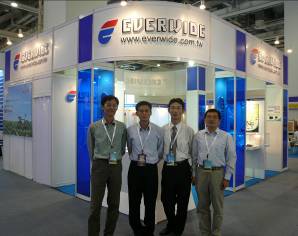
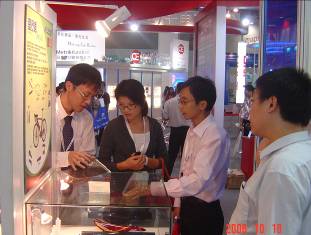
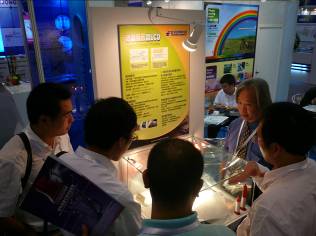
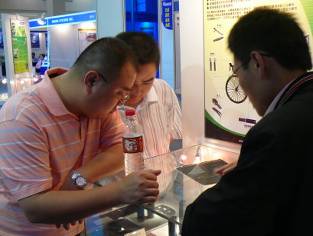
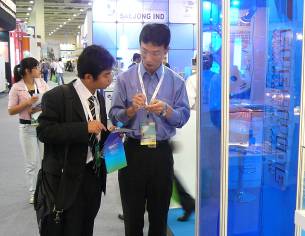
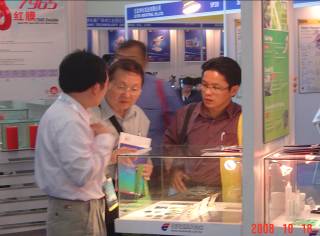





Comments